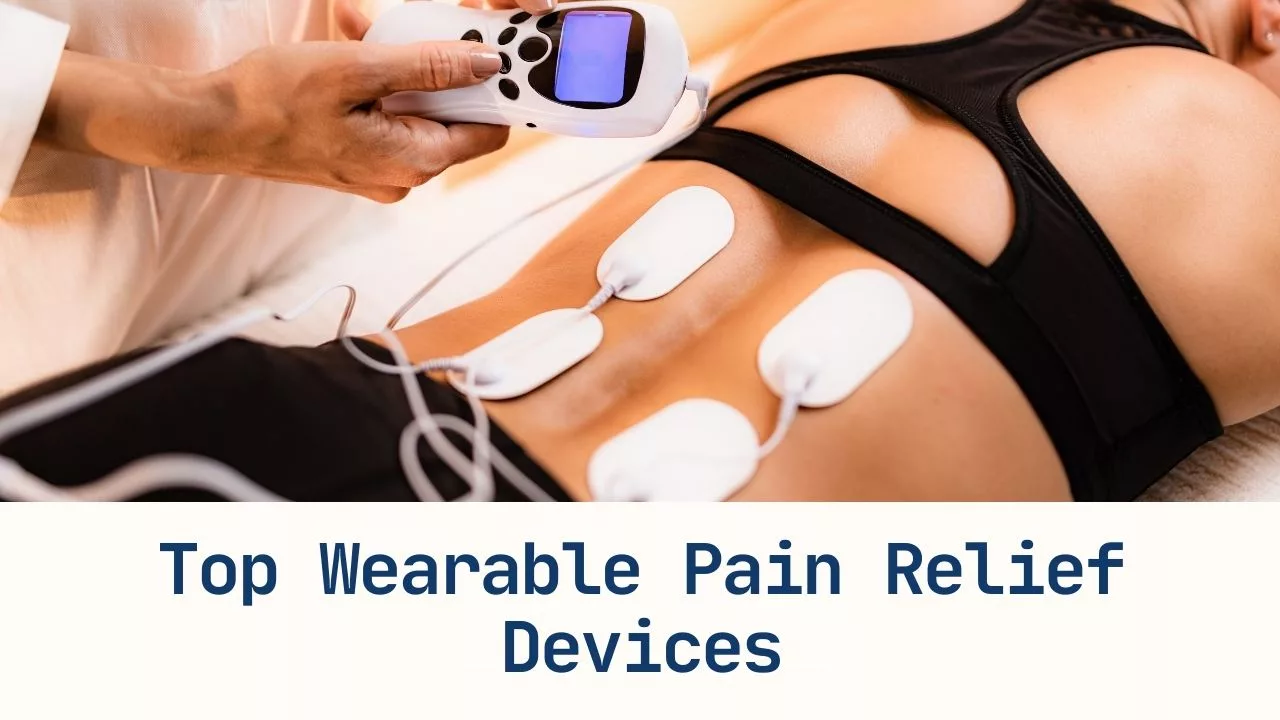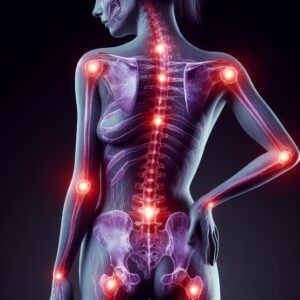 I have a story to tell, and it’s about pain. Not just a fleeting discomfort, but the relentless kind that embeds itself into the very fabric of your daily life. Chronic pain is a term signaling any pain that lasts more than 12 weeks, despite medication or treatment. It’s a pain that’s persistent, often outlasting its welcome long after an injury heals.
I have a story to tell, and it’s about pain. Not just a fleeting discomfort, but the relentless kind that embeds itself into the very fabric of your daily life. Chronic pain is a term signaling any pain that lasts more than 12 weeks, despite medication or treatment. It’s a pain that’s persistent, often outlasting its welcome long after an injury heals.
What causes this persistent visitor? It ranges from arthritis to back problems, to diseases like fibromyalgia and beyond. And it’s not just physical. Chronic pain can cast a shadow over your mood, stain relationships, and turn simple activities into herculean tasks.
Now, here’s a twist in the tale: science and technology converge to bring us wearable pain relief devices. These modern marvels are non-invasive pals, promising less pain without the usual fuss of traditional methods. They’re designed to integrate seamlessly into your life, hoping to turn down the volume of your pain so you can focus on living.
The Mechanisms and Advantages of Wearable Pain Mitigators
To understand how wearable pain relief devices offer an oasis of comfort, it’s essential to delve into their inner workings. At the heart of these devices lies a smart interplay of technology and physiology, designed to INTERRUPT the distress signals our nerves send to the brain. This interruption is crucial, acting as a sort of ‘static’ that undermines the pain’s ‘broadcast’ throughout our body. 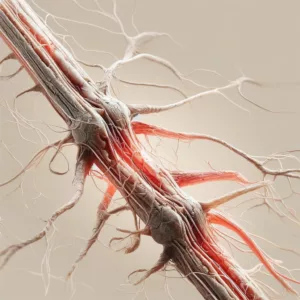
Take, for example, nerve stimulation devices. They employ a low voltage electrical current to assail the pain at its source, hindering the signals from navigating through the nervous system. It’s a direct approach—simple yet effective. Look at it as a roadblock in the pathway of pain, not allowing the usual traffic of discomfort to reach your conscious awareness.
Then we have devices that go deeper, utilizing advanced techniques for DEEP PAIN SIGNAL BLOCKAGE. They are the sneakier agents in the world of pain relief, operating on a level that’s not just about distraction but about rewriting the pain narrative altogether. By sending therapeutic signals deep into muscular tissue, these devices ensure the pain doesn’t just take a detour; it gets lost along the way.
Not to be overlooked is the role of relaxation and stress management facilitated by biofeedback devices. These gadgets are akin to mediators, offering a platform for the body to communicate its stress responses. With consistent use, they train us to recognize these responses and implement relaxation techniques, thereby REDUCING THE PAIN that often comes hand-in-hand with tension and anxiety.
Summing up the perks, wearable pain relief devices champion a non-invasive, drug-free approach to managing discomfort. Their PORTABILITY means pain relief no longer confines you to a place or a schedule. Imagine RELIEF that travels with you, ready at the press of a button—now that’s empowerment.
More than convenience, wearers often report long-lasting relief, a claim supported by numerous user studies. This isn’t a temporary fix; it’s a sustained improvement in pain management. These devices provide more than a mere respite; they gift users with an IMPROVED QUALITY OF LIFE, allowing the simple pleasures of daily living to return center stage.
Types of Chronic Pain Sufferers Using Neurostimulator Devices
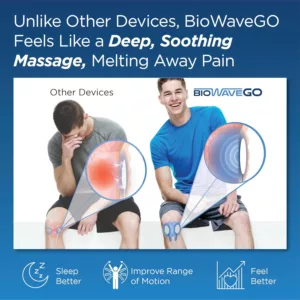 Neurostimulator devices are commonly used by chronic pain sufferers who experience deep-seated or severe pain. Here are the primary types of users:
Neurostimulator devices are commonly used by chronic pain sufferers who experience deep-seated or severe pain. Here are the primary types of users:
- Back Pain and Sciatica
-
- Individuals with chronic lower back pain or sciatica often find relief through neurostimulation, targeting deep nerves in the lower back and legs.
- Arthritis
-
- People suffering from severe arthritis, especially in the spine, knees, and hips, may benefit from neurostimulation to manage constant pain.
- Neuropathic Pain
-
- Those with neuropathic pain resulting from nerve damage use neurostimulators to alleviate burning, tingling, or shooting pain.
- Complex Regional Pain Syndrome (CRPS)
-
- CRPS sufferers experience intense pain, usually in an arm or leg, following an injury or surgery. Neurostimulators can help manage this severe, persistent pain.
- Fibromyalgia
-
- Individuals with fibromyalgia, who endure widespread musculoskeletal pain, may find neurostimulation helpful in managing chronic pain.
- Peripheral Vascular Disease
-
- Patients with peripheral vascular disease, which causes pain due to poor blood circulation in the limbs, use neurostimulators to manage pain and improve blood flow.
- Failed Back Surgery Syndrome (FBSS)
-
- People who have persistent pain after back surgery may turn to neurostimulation to alleviate their ongoing pain.
Example Device: BioWaveGO
Types of Chronic Pain Sufferers Using TENS Units 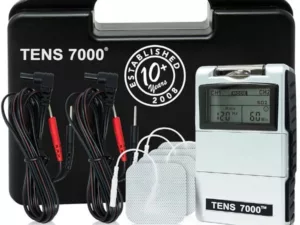
TENS Units (Transcutaneous Electrical Nerve Stimulation) are widely used by chronic pain sufferers for various pain conditions. Here are the primary types of users:
- Arthritis
-
- People with chronic joint pain, especially in the knees, hands, and hips, use TENS units to manage inflammation and pain.
- Back Pain
-
- Individuals suffering from chronic lower and upper back pain find TENS units effective in reducing pain through electrical pulses.
- Neck Pain
-
- TENS units help alleviate chronic neck pain, often resulting from poor posture, injuries, or degenerative conditions.
- Fibromyalgia
-
- People with fibromyalgia use TENS units to manage widespread pain and tenderness.
- Post-Surgical Pain
-
- Post-surgical patients use TENS units to reduce pain and accelerate recovery.
Example Device: TENS 7000
Types of Chronic Pain Sufferers Using Biofeedback Devices
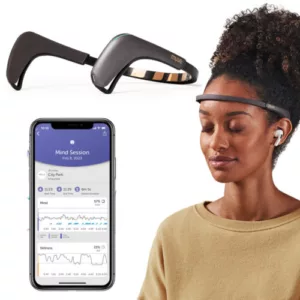 Biofeedback devices are used by chronic pain sufferers who benefit from learning to control physiological functions to reduce pain and stress. Here are the primary types of users:
Biofeedback devices are used by chronic pain sufferers who benefit from learning to control physiological functions to reduce pain and stress. Here are the primary types of users:
- Migraine and Headache Sufferers
-
- Individuals with chronic migraines and tension headaches use biofeedback to manage stress and reduce the frequency and severity of headaches.
- Fibromyalgia
-
- People with fibromyalgia use biofeedback to manage pain by reducing stress and muscle tension.
- Chronic Pain Due to Stress
-
- Biofeedback helps individuals manage pain exacerbated by stress by promoting relaxation and mindfulness.
- Temporomandibular Joint Disorder (TMJ)
-
- Individuals with TMJ use biofeedback to control jaw clenching and muscle tension, reducing pain.
Example Device: Muse
Choosing Your Ally in Pain Management and Celebrating Victories
Wearable pain relief devices offer a promising solution for managing chronic pain. Whether you choose a TENS unit, neurostimulator device, or biofeedback device, they provide an effective, non-invasive, and drug-free pain relief. Always consult with a healthcare professional to determine the best option for your specific needs. Remember, what works for one might not for another, so consider your unique circumstances.
 Selecting a pain relief device is akin to choosing a personal assistant for your wellbeing. It’s critical to weigh various factors such as the specific type of pain you’re experiencing, device features, and user reviews. If it’s acute lower back pain requiring periodic attention, a portable TENS unit, like the TENS 7000, might suffice. Alternatively, for chronic, deep-seated discomfort, a more advanced neurostimulator like BioWaveGO could offer the relief you’ve been hoping for.
Selecting a pain relief device is akin to choosing a personal assistant for your wellbeing. It’s critical to weigh various factors such as the specific type of pain you’re experiencing, device features, and user reviews. If it’s acute lower back pain requiring periodic attention, a portable TENS unit, like the TENS 7000, might suffice. Alternatively, for chronic, deep-seated discomfort, a more advanced neurostimulator like BioWaveGO could offer the relief you’ve been hoping for.
And it’s not just about the specs; it’s about real people finding real relief. There’s an ever-growing collection of success stories from individuals who’ve found a way to mitigate their persistent pain using these wearable technologies. Whether it’s returning to a favorite hobby, enjoying more active time with the family, or simply experiencing day-to-day life without the shadow of pain—these are the victories worth sharing.
In conclusion, this guide has aimed to address your questions and guide you towards a device that can potentially make a significant difference in your pain management routine. Remember, the journey to managing chronic pain is personal and varies from person to person. Wearable pain relief devices offer a promising option for many, and they’re worth considering as part of your holistic approach to pain management.
JOIN OUR COMMUNITY

